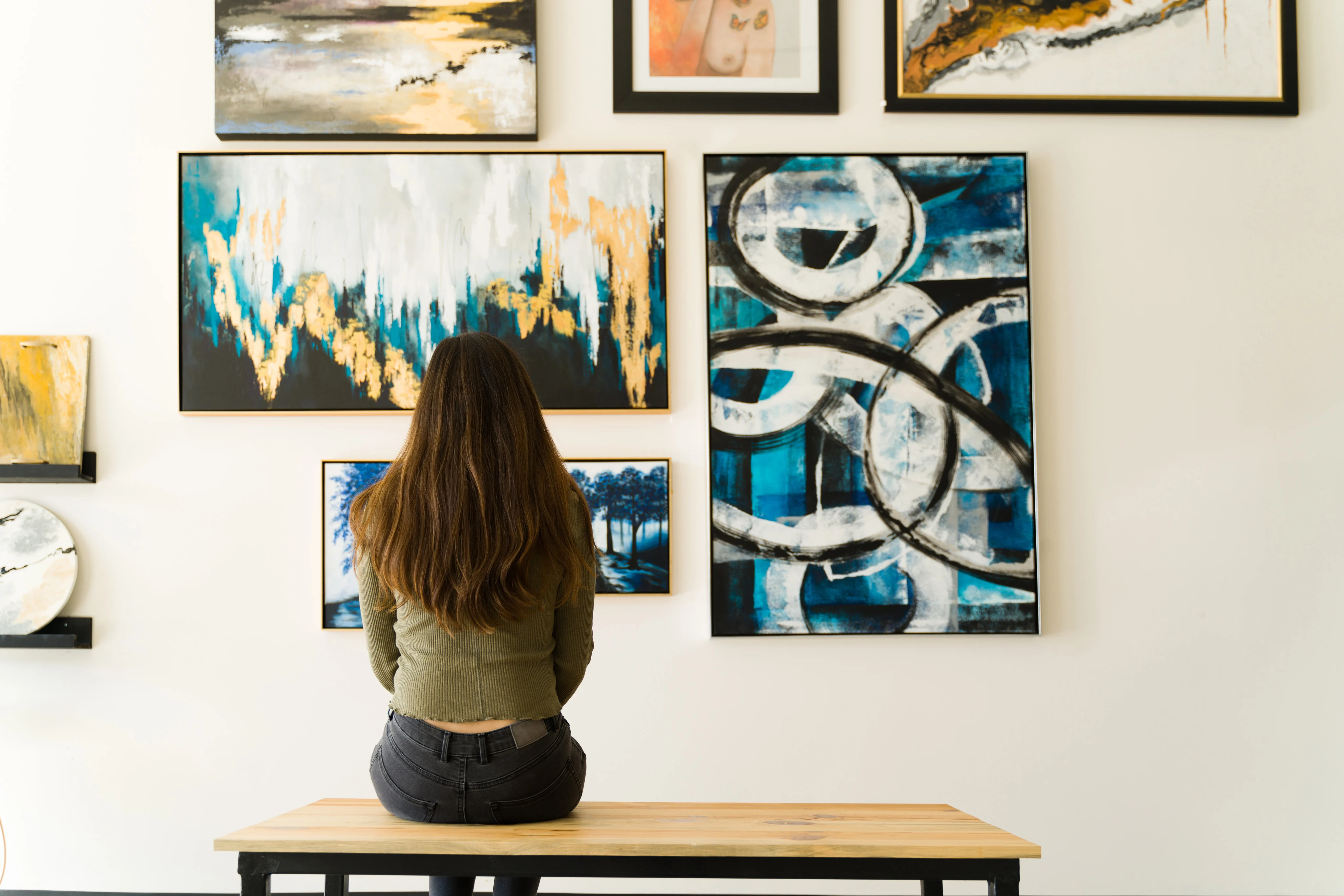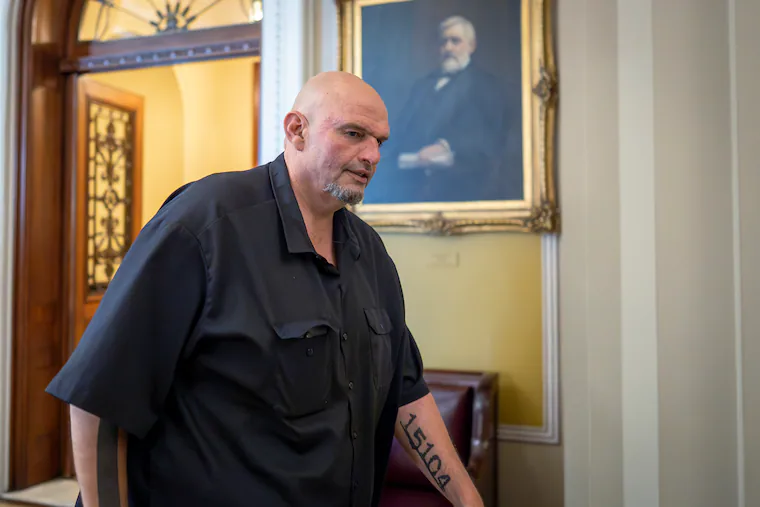By dpa
Copyright scmp

Can museums heal ills better than pills?
Doctors in Britain tried out this experimental approach a decade ago. Now, experts in Canada, Belgium and France are testing the same method, giving patients museum visits free of charge to counter stress, depression and other mental illnesses.
British doctors were pioneers in social prescribing, or prescribing social or cultural activities to improve someone’s health. This approach is now a fixed component of the state-funded National Health Service (NHS).
Britain launched “museums on prescription” as a three-year project in 2014. The award-winning pilot was initially aimed at older people who might be socially isolated.
Now, visits to art galleries and museums are firmly anchored in the healthcare system with a measurable effect, leading to 37 per cent fewer visits to the doctor and a 27 per cent reduction in hospital admissions, says the Culture, Health and Wellbeing Alliance, a nationwide network of creative health initiatives, in data from 2023.
Canada followed, with doctors in Montreal beginning to prescribe visits to the Montreal Museum of Fine Arts (MMFA) in 2018. Each doctor can issue up to 50 prescriptions per year and they are covered by health insurance.
The concept quickly won further supporters. Brussels began a similar programme in 2021, starting with five museums and 33 doctors. More than 10 museums and 18 medical institutions are now involved. The city covers the cost of admission to Brussels museums.
In France, the idea is being implemented nationwide – from Rennes in Brittany to the Côte d’Azur. In Nice, a L’art c’est la santé (Art is health) prescription also allows visits to the renowned Matisse Museum.
Numerous research projects across the country are investigating the effects of visits to art institutions on well-being.
Art historian Nathalie Bondil, former director of the Museum of Fine Arts (MMFA) and now director of the Institut du Monde Arabe in Paris, is convinced that culture will become to our health in the 21st century what sport was in the 20th century.
“Humans are biologically designed to be touched by beauty and to feel well as a result,” she told broadcaster France Info. Bondil finally put the idea into practice in Montreal in 2018.
Dr Catherine Hanak, senior psychiatrist at Brugmann University Hospital in Brussels, vividly describes the success of such museum visits in the weekly newspaper Le Nouvel Obs.
“When we do something pleasant, our brain reacts as if there were a small fireworks display – dopamine is released and we immediately feel good. This happens when we exercise, when we take a walk in the woods – and when we are moved by a work of art,” she says.
In Hong Kong in 2023, the M+ museum of visual culture partnered with “Shall We Talk” – an initiative from the government’s advisory committee on mental health – to broaden conversation on the topic.
Though not a “prescription” programme, it aimed to give away 10,000 admission tickets to the “Yayoi Kusama: 1945 to Now” exhibition to students from local tertiary institutions, including universities and other higher education institutions.
Kusama creates art for the healing of all mankind. She puts her work out there for public viewing to create connections and make us feel better.
In Germany, research shows that museum visits can alleviate depression, dementia and loneliness – often more effectively and cheaply than medication.
A report by the Technical University of Dresden recommended including visits in standard care.
“An annual museum pass appears to be significantly more effective than medication – especially in alleviating depressive symptoms in people with dementia,” it said.
In Berlin, together with the Charité hospital network, the Bode Museum is trialling the Healing Museum project. It aims to promote mindfulness in front of works of art. A specially designed room is available and presents several meditation traditions.
Anyone who wants to participate can access the exercises via audio guide, smartphone or website. So far, you need to pay the museum admission charge plus a participation fee.
Back in 2019, the World Health Organization evaluated more than 3,000 related studies. They clearly showed that art and cultural events strengthen people’s mental and physical health by helping them process suffering and promote recovery.
This is the basis of museum therapy: the willingness to consciously experience art, according to the slow art principle, where you take time to view individual works.
The new part is the insight that simply encountering art can be healing, without any creative work of your own.
Ever since 2014, initiatives have been gaining momentum and museum therapy is experiencing a renaissance, says researcher Leslie Labbé.
But tempting as the idea sounds, there is still one hurdle: in an interview with France Culture, Labbé said the medical benefits have not yet been conclusively proven scientifically.
But she made it clear why museum visits can be so valuable.
“When treating an illness, you don’t just treat the symptoms, you accompany the person as a whole – and a museum offers countless starting points that can be used therapeutically.”
Additional reporting by staff reporter.
Like what you read? Follow SCMP Lifestyle on Facebook, X and Instagram. You can also sign up for our eNewsletter here.



